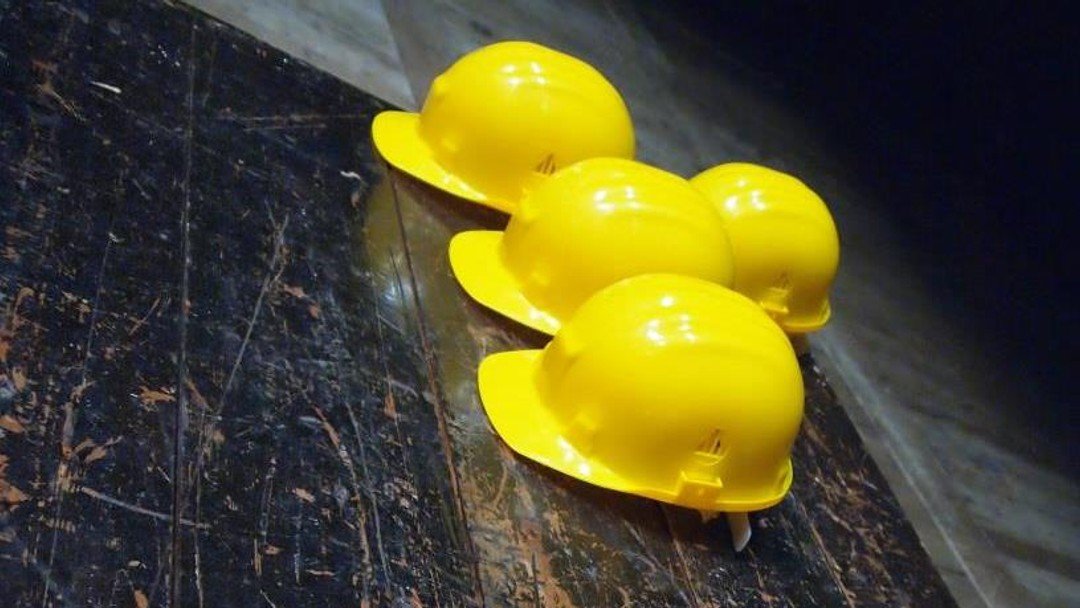The Building Safety Bill

By John Murray
After the Building Safety Bill was finally published, John Murray and Jessica Pack explore the financial and regulatory impacts on the development and construction industries.
The Building Safety Bill has been four years in the making, much speculated over, and on 5 July 2021, it was finally published by the government.
While residential leaseholders were hopeful the bill would provide them with additional protections – preventing the substantial costs of remediation works from being passed down to them – the bill is primarily focused on the construction and maintenance of high risk buildings.
The bill, however, acknowledges the existing ambiguity – particularly for residents – around who is responsible for ensuring the fire safety of a building and whether or not said person is considered competent. The bill aims to rectify this, requiring fire safety information to be provided to residents – by the person responsible for the building – and emphasising the need for competence amongst those carrying out risk assessments.
Higher Risk Buildings
The bill creates the concept of 'Higher-Risk Buildings', being buildings at least 18 metres high or with at least seven storeys and containing at least two residential units; including care homes and hospitals which meet these requirements.
The government has estimated that as of April 2021, the total number of Higher Risk Buildings in England was 12,500, with 52 per cent of these being private sector buildings and 48 per cent being social sector buildings.
Accountable person
The bill also creates the concept of an 'Accountable Person', being "the person who either has the legal estate in possession of, or is under a relevant repairing obligation, for any part of common parts of the building". The Accountable Person is responsible for:
· ensuring statutory duties are met; registering the building with the regulator – new high-rise buildings must be registered before occupation;
· applying for a Building Assessment Certificate; conducting an assessment of 'building safety risk' – defined as fire spread and structural failure – and taking steps to control those risks;
· registering a 'Safety Case Report' - within the 'Golden Thread' – with the regulator;
· appointing a 'Building Safety Manager' who will run the building on a daily basis – the bill does not provided any statutory guidance or agreed common standard/accreditation required of this person. This continues to be an ambiguous role.
The Accountable Person appears to have an onerous and expensive role, with some owners looking to outsource this position, particularly as failure to register the building or apply for a building assessment certificate may attract criminal liability. The Select Committee recommended, given the ambiguity around the potentially onerous role of Building Safety Manager, that the government work with the insurance industry to develop professional indemnity insurance for Building Safety Managers.
By way of response, the government proposed removing the Building Safety Manager's statutory duties and making the Accountable Person solely responsibility for building safety. Although this proposal relieves the burden for Building Safety Managers, it simply passes this burden to Accountable Persons and fails to propose any protections for them. This suggestion also further adds to the confusion and ambiguity around the differentiation between the two roles.
This report is compiled by the Accountable Person and provides details of the building and the measures in place to manage safety risks. The Safety Case Report must be submitted to the regulator with the application for a Building Assessment Certificate.
The government estimates that £91.8m will be incurred by Accountable Persons, per annum, in producing and maintaining a Safety Case Report.
Duty Holders
The bill has introduced the concept of 'Duty Holders', being the client (the person or organisation which commissions the works), the principal designer, the designers, the principal contractor and the contractors. They are expected to collectively plan, manage, and monitor, the design and building work to ensure it complies with the relevant building regulations; they will be expected to comply with duties of cooperation, coordination, communication and competence.
The client is responsible for appointing a principal contractor and a principal designer with the relevant/adequate competencies to ensure that Building Regulations are complied with.
Gateway points
The bill has introduced three 'Gateway Points', which are stages within the design and build of new high-risk blocks at which developers must demonstrate adherence to the requirements of the bill:
· Planning: Applications must discuss fire safety issues and include a fire statement – this came into force on 1 August 2021.
· Construction: building control approval must be obtained from the Building Safety Regulator prior to construction – developers may be prosecuted if they commence building without the Regulator's approval.
· Completion: before occupation, the Regulator will assess/inspect the building and issue a completion certificate.
The Impact Assessment of the bill suggests it will reduce the cost of structural incidents, property damage and the need for wide scale remediation; thereby saving costs for contractors/developers in the long run.
The Impact Assessment also suggests that the bill will reduce long term maintenance costs for developers; encourage greater innovation and productivity in the construction industry; and improve efficiency. While this may be true, the costs – estimated by the government to be £54.4m per annum – and time delays likely to be caused by adherence to the Gateway Points will no doubt have a detrimental impact on developers, particularly in the short term before any of the aforementioned benefits are realised.
Developers will also be prejudiced by the extended limitation periods being introduced by the bill and may notice an initial increase in costs as a result of the National Regulator for Construction Products and Construction Products Regulatory Regime – discussed below.
The government has further estimated that the additional requirements for the design and construction industry, as introduced by the bill, will add approximately £113,000 – £265,000 to the cost of constructing a new building to which the bill applies.
The government claims that this increase in costs will not discourage developers or result in lower height buildings being constructed however has failed to provide the basis upon which this conclusion has been drawn.This increase in costs is a significant burden for the development and construction industry to bear.
The bill will have a significant financial impact upon the construction and development industries, with the government estimating that the built environment industry would bear the costs of the bill in the way of £283.7m per year.
Sanctions
If a building fails to meet the regulations, it may be put into 'Special Measures'; in which case the regulator shall appoint a manager to take control of the safety of the building.
The bill will also create an Office for Product Safety and Standards (OPSS) which will have the power to recall from the market those products considered to be a safety risk and prosecute UK manufacturers who fail to comply. Should the OPSS declare a product as "safety critical", manufacturers will have to declare its use. It is hoped that these rules will strengthen the construction products regulatory regime within the UK, whilst paving the way for a National Regulator for Construction Products to oversee and enforce the rules. The OPSS will also maintain a national complaints system.
Financial and regulatory burdens
The impact assessment of the bill - considering the costs and benefits of the reforms – suggested that some of the requirements of the bill would occur regardless of the bill, as these activities are already being undertaken within the industry. the costs of implementing the requirements would therefore be negligible. However, if the requirements of the bill were currently being met then it would not be necessary to put them on a statutory basis by way of the Building Safety Bill.
It is therefore highly likely that this bill will introduce new financial and regulatory burdens for the development and construction industry, given the issues that have arisen retrospectively in the property sector following the lessons learnt from Grenfell. Yet this is both inevitable and necessary to avoid repeating the mistakes of the past.
John Murray is a Partner and Head of Social Housing Group at Ward Hadaway. Jessica Pack is a Trainee Solicitor at Ward Hadaway.
